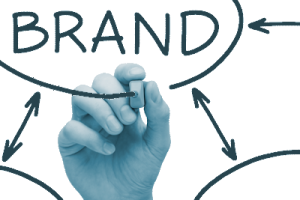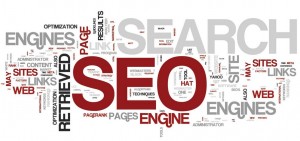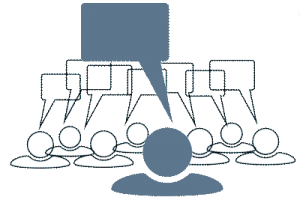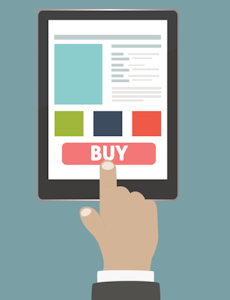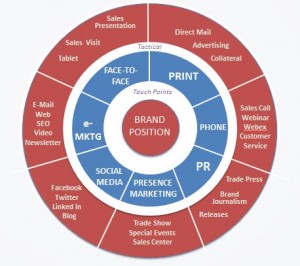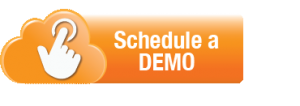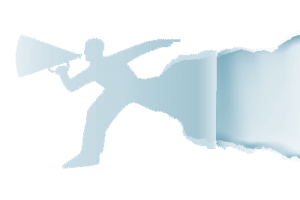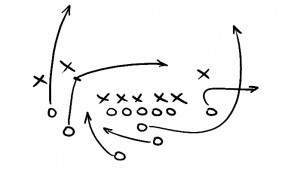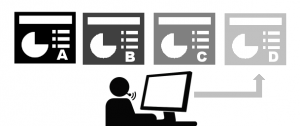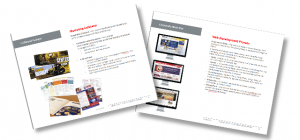
A Sales Engine delivers an end-to-end brand experience.
It’s an integrated approach to generating leads, engaging visitors, and closing the deal through brand positioning, content marketing, and digital selling in four steps: Position | Engage | Pitch | Close.
The Sales Engine approach helps you answer these questions:
- “Have we claimed a unique Position that solves our target customer’s problem?”
- “Would our site be more Engaging with an explainer video? Or letting visitors self-schedule for a demo?”
- “How well does our sales Pitch speak to our unique position? Do we maximize every customer contact?”
- “Do our proposals Close the deal or just offer prices?”
And the big one:
- “Do we present a seamless brand experience from end to end?”
Position Your Brand
The goal of the Sales Engine is to deliver a consistent brand experience at each customer touch-point — from initial contact with the brand to the acceptance of the proposal. A customer-aligned brand proposition coupled with a strong brand concept keep the customer engaged and move the Sales Engine forward.
 Start Your Sales Engine
Start Your Sales Engine
Develop a Brand Platform
Bring your entire team into alignment, so that all creative executions, product decisions and messaging are “on brand.”
01 Brand Concept
The one word or concept to be known for in the marketplace — the core and underlying message that is always communicated by the brand.
02 Brand Promise
This is how we fulfill our customer’s expectations, meet their needs and build their trust so that they become a customer for life. It defines what our customers can expect from our brand everyday.
03 Brand Vision
Express the future ideals of your brand. Setting a vision is the way to measure success.
04 Target Customer
Who is the most likely user of the product or service? The Target Customer is at the top of the bell chart in terms of numbers of users.
05 Brand Positioning
A brand owns a position in the mind of the consumer. It may be high or low in terms of price and quality in relation to other brands. It defines who we are – and who we are not.
06 Brand Statement & Tagline
Who is the Brand for? What is the Brand product? How is the Brand differentiated? What is the reason to believe? The tagline distills these key ideas into a single phrase.
07 Brand Drivers
These are the key features and emotional benefits that differentiate our brand. The Drivers make our products relevant to our target customer and articulate our competitive strengths.
08 Brand Character
This is the brand’s character defined in human terms. Our personality shapes the look, feel, voice and tone of communications and product design.
09 Brand Voice
This is how the brand speaks to our audiences. The voice could be playful, serious, authoritative, or full of attitude. Brand Voice defines how language is used in all messaging.
10 Brand Look
This is the visual reflection of the Brand Personality. These emotional descriptors guide the tone of our messaging, the design of the products and the look of all marketing materials.
11 Brand Rituals
“Welcome to Moe’s!” Enjoy a fresh baked cookie at DoubleTree Hotel. Bag of peanuts on Southwest Airlines. These are brand rituals that connect customers viscerally to the brand.
12 Messaging Architecture
The Messaging Architecture or Platform can be as simple as an elevator pitch or built out as a comprehensive, product-by-product copy guide.
Use SEO-Focused Content
Google forces you to align the Web content with the brand position. This is because Web searches are driven by keywords and meta-descriptions. By focusing the content of each page on its searchability, the site becomes a stronger Sales Engine to deliver leads.
The Web is driven by keywords.
Aligning your content with your brand position helps
turn your Web site into a sales engine.
Engage Prospects with a Sales-Focused Web Site
Develop a BIG IDEA Content Marketing Campaign
Businesses seek cost-effective ways to increase traffic, engage customers and drive sales. The Internet is built around content and leveraging ideas is the most cost-effective form of marketing.
A BIG IDEA Content Marketing campaign drives visitors to your Web site via a Big Idea or thought leadership piece.
Here are the steps:
Identify the Big Idea –Content marketing works best when it is built around a Big Idea or hot-button issue that is top of mind in your marketplace. Suppose you manufacture 12 flavors of frozen yogurt, one of which is newly invented from almond milk. If research and consumer trends show people moving away from dairy treats, your Big Idea might try to catch this trend: “Non-Dairy Frozen Yogurt: Consumer research shows a growing trend.”
Demonstrate Thought Leadership – Once you have an idea you can run with, the next step is to create a white paper, benchmark study, or e-book that engages prospects, demonstrates your authority and positions your brand on the leading edge: “WHITE PAPER: “The Non-Dairy Revolution in Frozen Dessert: How consumer tastes are changing.”
Deliver Gated Content – Create a landing page to host the digital content and require users to provide contact information before downloading. In addition to providing enhanced SEO and brand visibility, “gated” downloads capture valuable sales leads.
Build a Multi-Channel Platform – The goal of BIG IDEA content marketing is to set the pole, then anchor it with multiple channels of delivery.
Get in Touch with your Touchpoints
Where do your customers encounter your brand? On the Web, of course. How about when the phone is answered, during a service call, in a proposal or with a giveaway?
Taking stock of every Touchpoint — determining which ones are effective and which aren’t — is the starting point for your sales strategy. In a Sales Engine approach, each Touchpoint must speak to the brand position.
Every place your customers encounter your brand
is an opportunity to communicate your brand position.
Capture Leads and Schedule Demos
The Sales Engine provides multiple ways to capture leads:
- White papers and gated content requiring submission of contact information.
- Interactive quizzes that capture contact information.
- Email promotions tied to capture forms, give-aways and discounts.
- Newsletter sign-ups and more
The best way to capture leads is to deliver a compelling value proposition that solves a customer need.
Solution selling often requires one-on-one sales time.
- Offer an immediate way to schedule a demo. This ensures that the first customer contact delivers a full brand experience.
Run Your Playbook
The Sales Playbook is your step-by-step sales process for engaging your target customers. Within a Sales Engine approach, the elements of your Playbook (your targets, messaging, and engagement methods) all reinforce your brand position.
The Playbook includes:
- Identify sales targets
- Craft consistent messages for the sales targets
- Establish your sales tools
- Create the campaign schedule
- Support Inbound with Web, social media, advertising, and marketing automation
- Execute Outbound sales calls, direct marketing, and networking
- Manage the sales process within a CRM
The Sales Playbook integrates marketing and sales
by leveraging your brand position
in all sales activities.
Make Every Customer Contact Count
Use PowerPoint the smart way:
- Don’t talk to a client without delivering the full selling experience. This may be the only chance you get.
- Presentations that uncover customer needs keep the customer engaged.
- Avoid the header and bullets look. Videos and animation also help engage the customer.
- Make it effortless for the customer. Use an online app that doesn’t require the customer to log in or use special software. They will not have the time or inclination to hassle with your meeting software.
 Selling is a dynamic, real-time process.
Selling is a dynamic, real-time process.
Make your presentation dynamic as well.
Accelerate the Selling Process
- Target specific customer needs by pulling from a library of modules.
- Ask questions to capture customer needs in realtime, then deliver the right module on the fly.
- Accelerate the selling process by addressing these needs early in the process.
Accelerate the sales cycle by targeting the pitch
on specific customer needs the first time.
Make Sure Your Proposals Sell
The most crucial document of all — the Proposal — should not be a bleak page of numbers. Make it a brand-driven selling experience.
- Proposals need to be thought of as selling documents.
- Apply solid layout and design to every proposal.
- Summarize the pitch, illustrate with brand-inspired graphics, and deliver the brand experience.
Proposals are the most crucial selling document
in the Sales Engine process.
Sales Proposal Automation
Do you know if your client opened your proposal? Or how much time they spent on a particular page? Did they skip over the portfolio and go straight to the price?
Online proposal generators offer instant notifications when and how your client reads the proposal. More importantly, these tools can streamline proposal development from a library of designed modules.
Online proposals fit seamlessly into the Sales Engine approach. They also connect with CRMs like SalesForce. With your brand platform and messaging architecture in place, your proposal template can be designed as a branded selling experience.
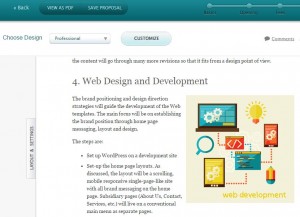
Proposal generators maintain a consistent brand experience,
accelerate the proposal writing process, and connect to many CRMs.

